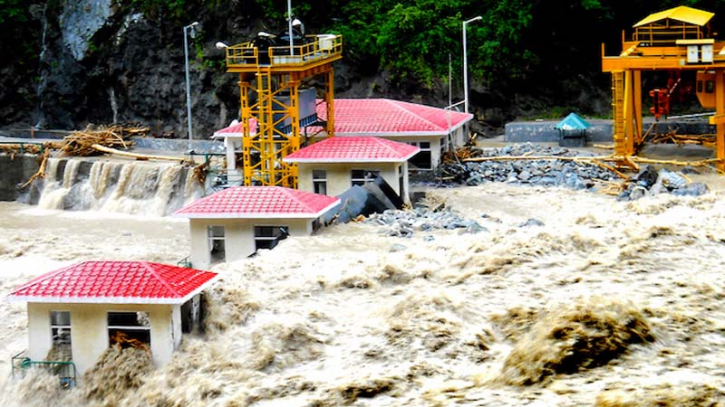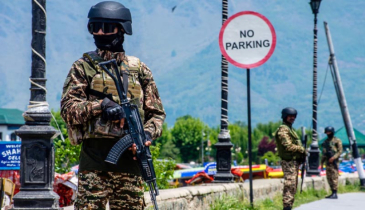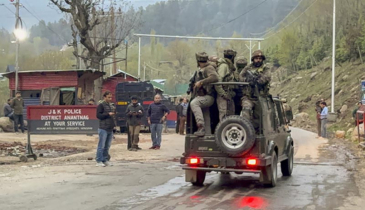Flash floods in Indian Himalayas leave 74 dead and 101 missing

The death toll resulting from flash floods triggered by the bursting of a glacial lake in India's Himalayan region has climbed to 74, with 101 individuals still unaccounted for, according to provincial authorities.
After days of relentless rainfall in the northeastern state of Sikkim, torrents of water cascaded down narrow river valleys from Lohnak Lake. The flooding damaged a dam and caused widespread devastation in villages and the town of Rangpo, located approximately 50 kilometers (30 miles) south of the state capital, Gangtok.
Vijay Bhushan Pathak, the chief secretary of Sikkim, the state's highest-ranking bureaucrat, reported that rescuers had discovered 25 bodies within the state's borders. Additionally, the bodies of eight army personnel who had been swept away were recovered in the downstream state of West Bengal.
In the wake of this calamity, 101 people remain missing, adding to a series of natural disasters triggered by extreme weather events in the Himalayan region. Among the missing individuals, 14 are members of the army, as confirmed by a statement from the defense ministry.
Efforts to locate survivors have been impeded by damaged roads, communication difficulties, and adverse weather conditions. Local residents are grappling with the daunting task of clearing sludge and debris, following what is considered one of the most devastating disasters to strike this remote region in over five decades.
In West Bengal's Jalpaiguri district, Parveen Shama, the top district official, reported the discovery of 41 bodies.
Sikkim, a predominantly Buddhist state with a population of 650,000, is nestled in the mountains between Nepal, Bhutan, and China. In the initial five days of October, the state received an unprecedented 101 millimeters (four inches) of rainfall, more than twice the normal levels.
The memory of a catastrophic event in October 1968 still lingers, when an estimated 1,000 lives were lost to floods in Sikkim.
.png)









